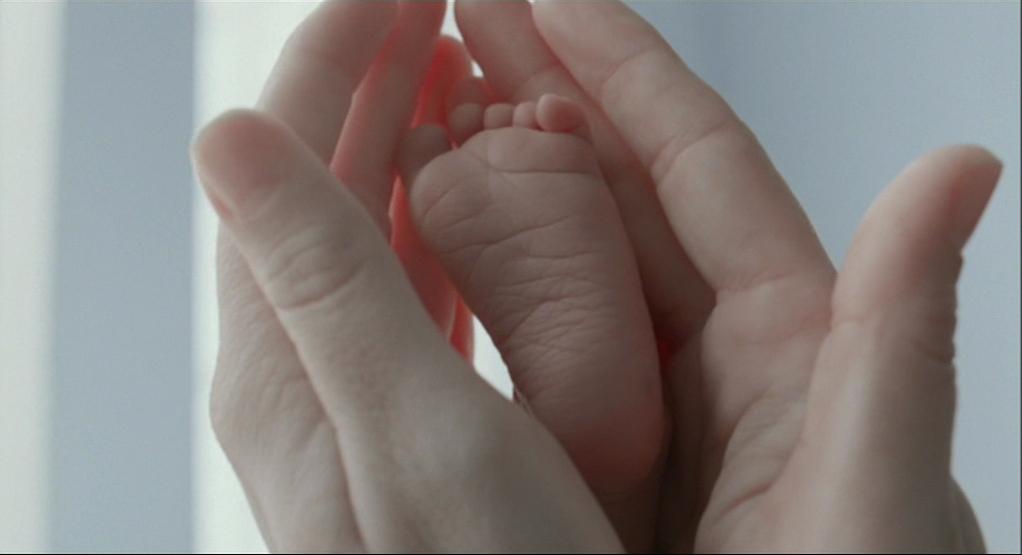
How does one adequately describe a poem, a prayer, and a visual odyssey in mere prose? This is the challenge when attempting to capture the cinema of Terrence Malick in words. A work of cosmic praise and lament, Malick’s 2011 Palme d’Or-winning film, The Tree of Life, is arguably his magnum opus, the natural culmination of all of his previous films, as well as a noticeable shift in his aesthetic towards more overtly theological and philosophical rumination.
Malick’s film is about the smallness and bigness of the universe and God, the intimate miracle of a butterfly landing on one’s hand and the grandeur of distant nebulas forming in the ether. A series of symphonic movements, The Tree of Life opens with a quote from the Book of Job: “Where were you when I laid the foundations of the Earth, when the morning stars sang together, and all the sons of God shouted for joy?” (Job 38:4, 7). There follows a voiceover from Mrs. O’Brien (Jessica Chastain) which offers a thematic compass for navigating this rich audio-visual landscape:
“The nuns taught us there are two ways through life: the way of nature and the way of grace. You have to choose which one you’ll follow. Grace doesn’t try to please itself. Accepts being slighted, forgotten, disliked. Accepts insults and injuries. Nature only wants to please itself. Get others to please it, too. Likes to lord it over them. To have its own way. It finds reasons to be unhappy when all the world is shining around it, when love is smiling through all things. They taught us that no one who loves the way of grace ever comes to a bad end. I will be true to you. Whatever comes.”
Whatever comes—this includes tragedy, like the loss of a beloved child. The O’Brien family experiences such loss when the middle son of three boys, R.L. (Laramie Eppler) dies unexpectedly, leaving Mrs. and Mr. O’Brien (Brad Pitt) in utter grief. The elder brother, Jack (Sean Penn/Hunter McCracken), is prompted to remember their life together as boys in the summer sun of 1950s Waco, Texas. Juxtaposed with these images of familial life and boyhood are the birth and death of the entire universe, a sweeping soundtrack of classical music transporting us to the farthest reaches of existence. The apparent dichotomy between “nature” and “grace” is interrogated and ultimately overcome—there are not two ways, but one (infinite) Way of being in the world. The Tree of Life is a sort of cinematic natural theology, recognizing the presence of God permeated the created order through the cinematic apparatus.
I still feel like my above description falls short, because The Tree of Life is not so much a “movie I watched” as it is a “moment I experienced,” a divine encounter marked by a sense of genuine awe and transcendence. Every time I rewatch the film, I discover something new: an enigmatic image I had forgotten about, a scene with deeper resonance, a musical cue which affects me, or a performance bringing new appreciation. With any of Malick’s films, one must enter into them expecting poetry instead of prose—you must allow the film to wash over you like a wave, the baptismal cinematic waters bringing about new life and transformation, whatever comes.
–Joel Mayward (Cinemayward.com)
- Directed by: Terrence Malick
- Produced by: Dede Gardner Sarah Green Grant Hill Brad Pitt Bill Pohland
- Written by:Terrence Malick
- Music by: Alexandre Desplat
- Cinematography by: Emmanuel Lubezki
- Editing by: Hank Corwin Jay Rabonowtiz Daniel Rezende Billy Weber Mark Yoshikawa
- Release Date: 2011
- Running Time: 139
- Language: English
Arts & Faith Lists:
2015 Top 25 Memory Films — #13
2017 Top 25 Waking Up Films — #25
2020 Top 100 — #3